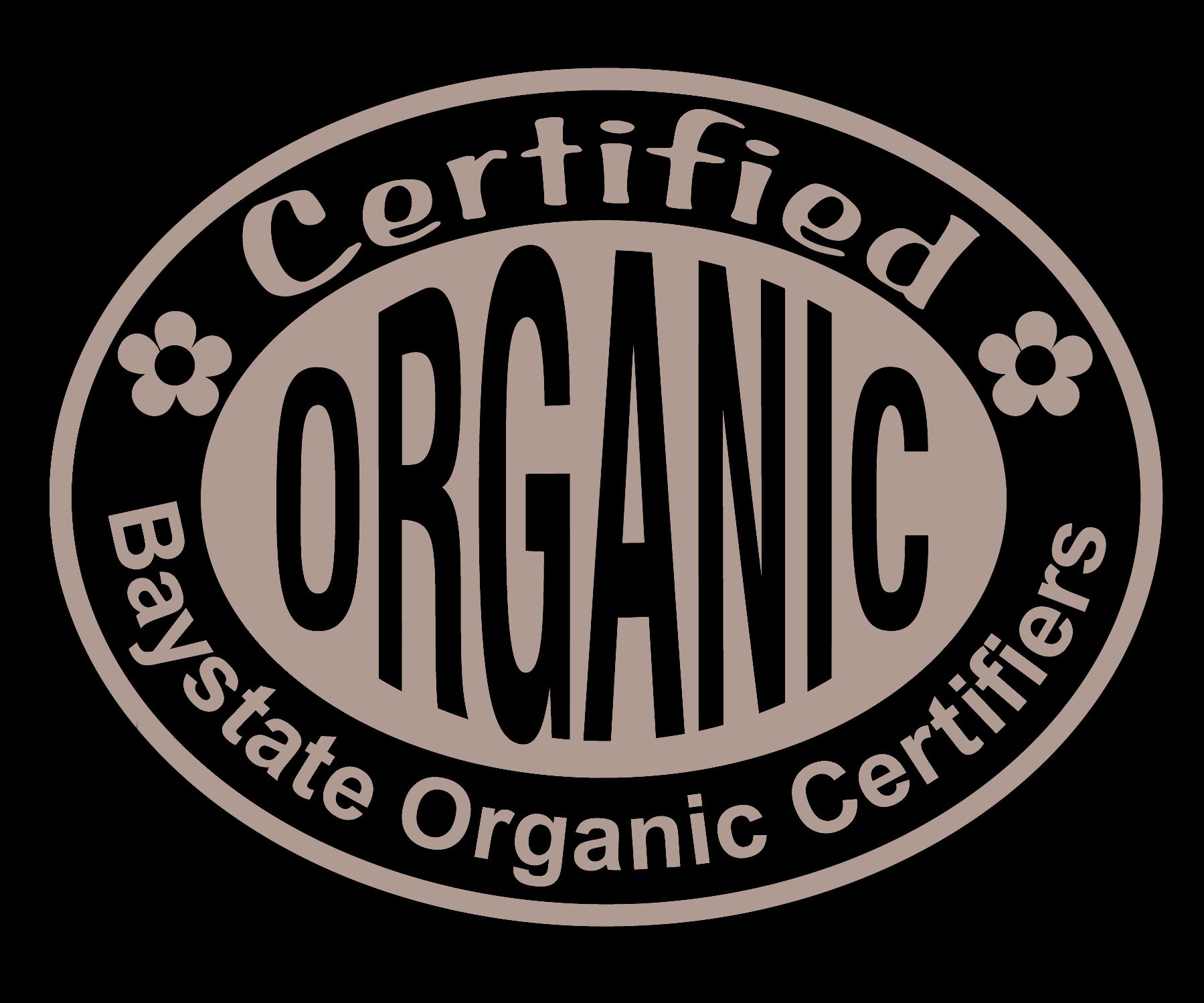Rachel’s cat, Max, loves this time of year.
It’s that time of year on the farm. The days are growing shorter, and the shadows are growing longer. The nighttime temperatures are getting cooler and cooler, which means we’re on the watch for our first frost.
The first frost will end the season for peppers, okra, and fresh flowers. However, many other crops can survive, and some even improve afterwards! Fall greens, like kale, collards, and bok choy can survive through frosts. The cooler temperatures also encourage the radicchios to form tight heads. Storage kohlrabi, cabbages, carrots, and rutabagas convert some of their starch content to sugar to withstand a frost and actually become sweeter afterwards. So, don’t despair! Frost or no frost, our growing season continues on.
We do a lot of planning around the first frost though. If we see temperatures forecasted to drop into the 30s, we hustle to harvest any remaining peppers, tomatoes, and flowers, and we cover sensitive crops with row covers to keep them warmer. We balance the risk of a frost with the benefits allowing more produce to ripen and flowers to bloom.
In this region, the average first frost date is October 20th. This is just an average though. In recent years, we’ve seen frosts as early as mid-September and as late as November. The specific microclimate of the farm also affects whether we experience a frost. Four Root Farm is situated on top of a hill in East Haddam. Sometimes, although valleys in town have frost, the farm does not.
Just a couple weeks ago, the weather forecast showed nighttime temperatures forecasted in the mid-30s. We sprang into action with a couple busy days of harvesting and covering. Rachel harvested crates of green peppers. We covered the young bok choy and lettuce with row covers to give them some protection from the cold. Elise devised a way to cover the 5-foot tall marigold plants to hopefully keep them alive through Halloween. And then….
No frost. Many other farmers in our region experienced frost, but our position up on the hill kept the farm just warm enough to avoid damage to our crops.
That’s great, right!? Yes and no. The pepper plants and fresh flowers are still alive, which is exciting! The crates of green peppers, though, could have been left on the plants to become ripe red and yellow peppers. It’s also hard not to feel like we wasted our time covering the crops when we needed to uncover them all again for the 75-80 degree days that followed. Temperature swings like this are not only logistically difficult but can also stress the plants and contribute to their decline.
Liz harvesting all the tomatoes before the “frost.”
Planning around a frost is part of farming in this region. It’s a balancing act to decide which crops to protect and which to let go for the season. Heat-loving crops like tomatoes and peppers produce slowly this time of year. Do we spend time harvesting tomatoes to generate a little additional revenue? Or do we prioritize preparing those beds for winter while the days are warmer and longer? We’re constantly running and re-running the calculations!
As we grapple with these decisions and the weather continues to cool, our food and flower offerings will begin to shift. With storage crops and dried flowers still taking up space on the farm, we’re looking forward to a bountiful fall whatever the weather!
-Kiersten







